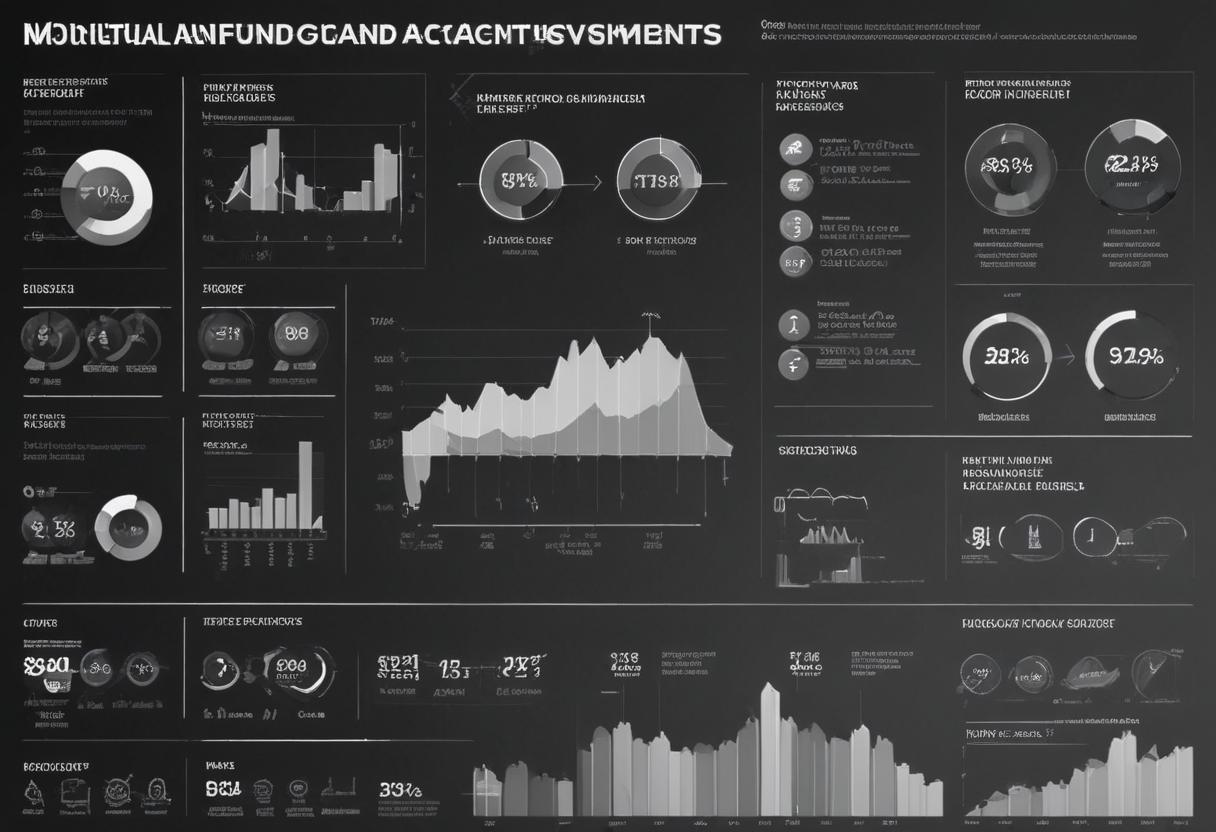Your 20s and 30s are a critical period for laying the groundwork for a secure financial future. During these decades, you have the advantage of time, which can significantly enhance your investment returns through the power of compounding. This article will provide a comprehensive guide to help you build a strong financial foundation, covering key principles, investment strategies, and practical tips.
Understanding the Basics
1. The Power of Compounding
– Compounding occurs when your investment earnings generate additional earnings. Starting early allows more time for compounding, which can exponentially increase your wealth over time.
– For example, investing $5,000 annually at an average return of 7% can grow to over $1 million in 40 years.
2. Risk Tolerance
– Younger investors can generally afford to take more risks because they have more time to recover from potential losses. Understanding your risk tolerance helps in selecting appropriate investments.
– Risk Profile: Conservative, moderate, or aggressive. Most young investors fall into the moderate or aggressive categories due to their longer time horizon.
3. Asset Allocation
– Diversifying your investments across various asset classes (stocks, bonds, real estate, etc.) helps manage risk and improve potential returns.
– A common allocation for young investors might be 80% stocks and 20% bonds, gradually shifting towards more conservative allocations as you age.
Key Investment Strategies
1. Start with a Solid Financial Plan
– Budgeting : Create a budget to track your income and expenses. Ensure you save and invest a portion of your income consistently.
– Emergency Fund : Establish an emergency fund with 3-6 months’ worth of living expenses to cover unexpected costs without derailing your investment strategy.
– Debt Management : Prioritize paying off high-interest debt (e.g., credit card debt) while managing other debts like student loans.
2. Maximize Retirement Accounts
– 401(k) or 403(b): Contribute to employer-sponsored retirement plans, especially if your employer offers matching contributions. Aim to contribute at least enough to get the full match.
– IRA : Consider opening an Individual Retirement Account (IRA) to benefit from tax-advantaged growth. Roth IRAs are particularly beneficial for young investors in lower tax brackets.
3. Invest in a Diversified Portfolio
– Stocks : Equities offer higher growth potential. Consider low-cost index funds or ETFs that track broad market indices like the S&P 500.
– Bonds: Bonds provide stability and income. Include a mix of government and corporate bonds.
– Real Estate : Real estate can diversify your portfolio and provide passive income. Consider REITs if direct property ownership is not feasible.
– Alternative Investments: For more diversification, consider assets like commodities, private equity, or cryptocurrency, but limit exposure due to higher risks.
4. Automate Your Investments
– Set up automatic contributions to your investment accounts to ensure consistent investing. Dollar-cost averaging (investing a fixed amount regularly) reduces the impact of market volatility.
5. Stay Educated and Informed
– Continuously educate yourself about investing through books, courses, and financial news. Understanding market trends and economic indicators helps in making informed decisions.
Practical Tips for Investing in Your 20s and 30s
1. Take Advantage of Employer Benefits
– Besides retirement plans, utilize other benefits like stock purchase plans, health savings accounts (HSAs), and financial wellness programs.
2. Invest in Yourself
– Invest in your education and career development. Higher earning potential increases your ability to save and invest more over time.
– Skills Development: Pursue additional qualifications, certifications, or skills that enhance your career prospects.
3. Be Mindful of Lifestyle Inflation
– As your income increases, avoid the temptation to significantly elevate your lifestyle. Instead, increase your savings and investment contributions.
4. Review and Adjust Your Portfolio
– Periodically review your portfolio to ensure it aligns with your goals and risk tolerance. Rebalance your portfolio as needed to maintain your desired asset allocation.
5. Seek Professional Advice When Needed
– Consider consulting a financial advisor for personalized advice, especially if your financial situation becomes more complex with age.
The Importance of Setting Financial Goals
1. Short-Term Goals :
– Examples: Building an emergency fund, saving for a vacation, or buying a car.
– Strategy : Use high-yield savings accounts or short-term bond funds for these goals.
2. Medium-Term Goals:
– Examples: Saving for a down payment on a house or starting a business.
– Strategy: Balanced mutual funds or ETFs that mix stocks and bonds can provide growth with moderate risk.
3. Long-Term Goals:
– Examples : Retirement, children’s education, or long-term wealth accumulation.
– Strategy : Focus on stock-heavy portfolios for higher growth potential, gradually shifting towards bonds as the goal approaches.
Investing in your 20s and 30s is about building a solid foundation for your financial future. By starting early, diversifying your investments, and staying disciplined, you can take full advantage of compounding and set yourself up for long-term success. Remember, the key is consistency and making informed decisions that align with your financial goals. With time on your side, the efforts you make now can lead to substantial rewards in the future.







